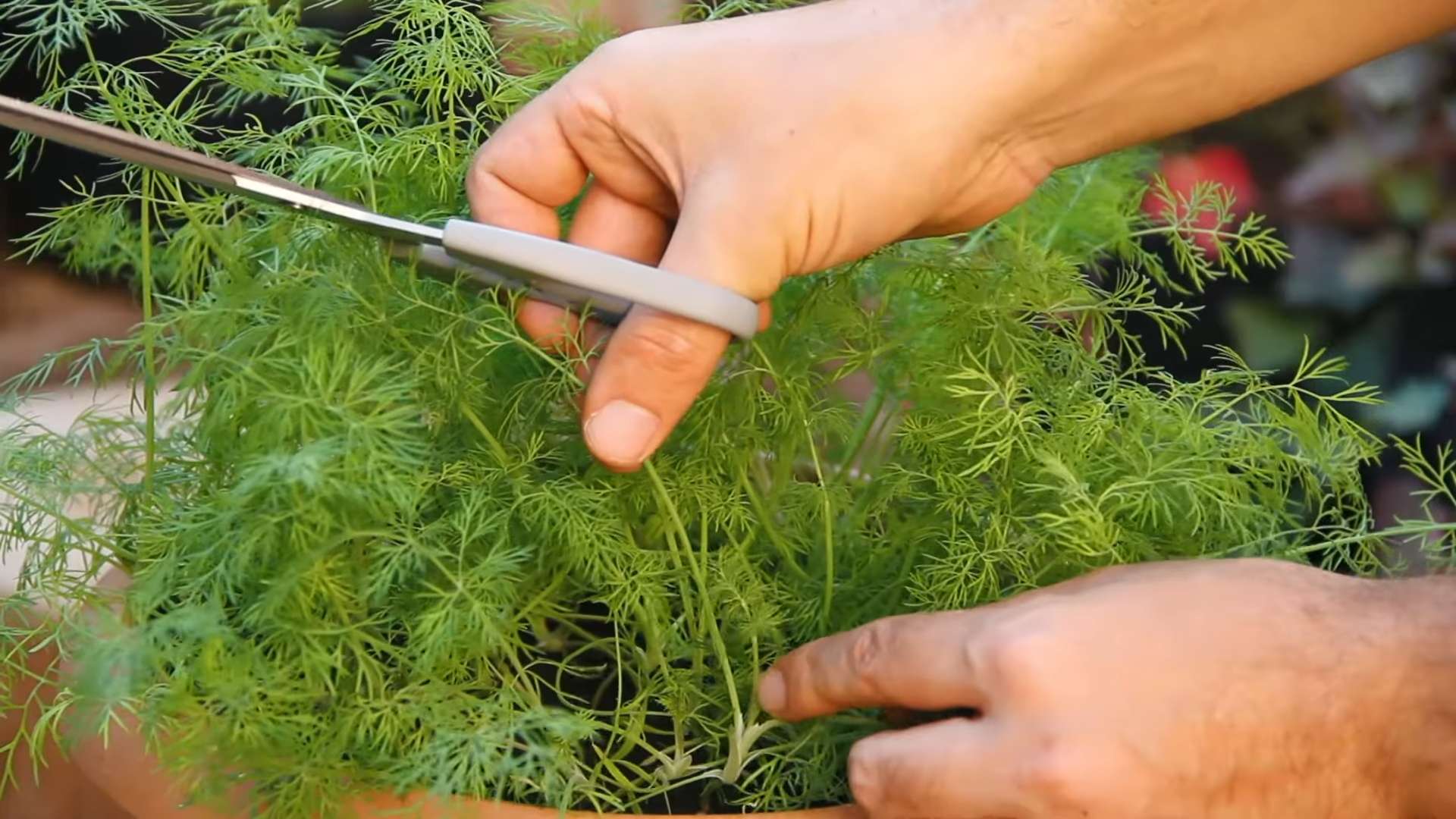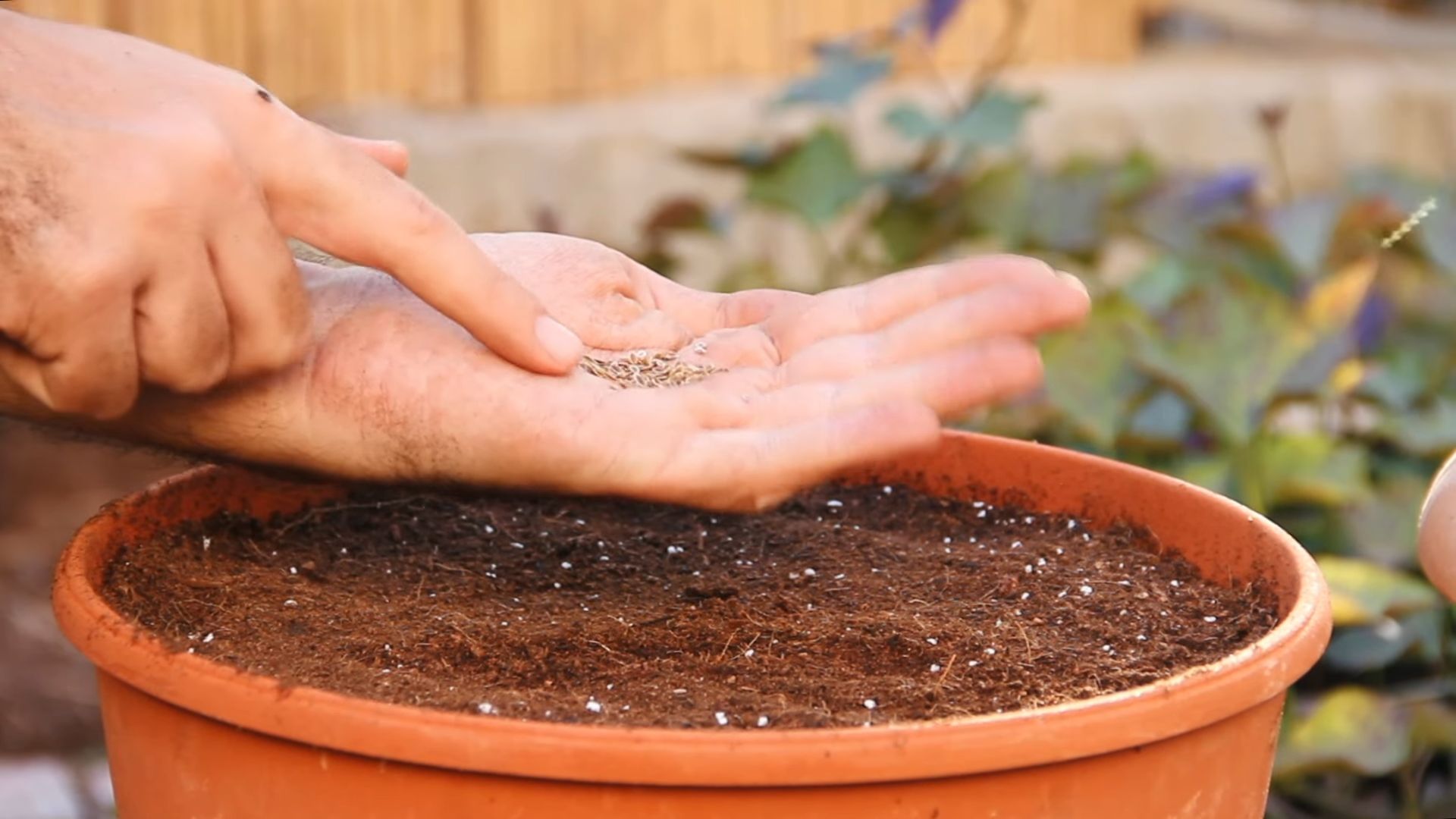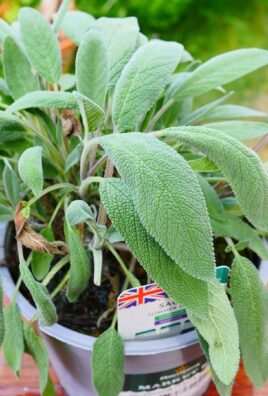Tomato plant care guide: Your ticket to a bountiful harvest of juicy, sun-ripened tomatoes right in your own backyard! Imagine biting into a perfectly ripe tomato, bursting with flavor, knowing you nurtured it from a tiny seedling. For centuries, tomatoes have been a staple in cuisines worldwide, from the vibrant sauces of Italy to the refreshing salads of the Mediterranean. Their journey from South America to our plates is a testament to their deliciousness and versatility.
But let’s be honest, sometimes growing tomatoes can feel like a battle against pests, diseases, and unpredictable weather. That’s where this DIY guide comes in! I’m here to share my tried-and-true secrets and simple hacks that will transform you from a tomato novice into a confident gardener. Whether you’re dealing with blossom end rot, struggling with leggy seedlings, or simply want to maximize your yield, I’ve got you covered.
Why do you need these DIY tricks? Because store-bought tomatoes simply can’t compare to the taste and satisfaction of homegrown ones. Plus, knowing exactly what goes into your food is a huge peace of mind. So, grab your gardening gloves, and let’s dive into this comprehensive tomato plant care guide and unlock the secrets to a thriving tomato garden!

DIY Tomato Cage Upgrade: From Wobbly to Wonderful!
Okay, tomato lovers, let’s be honest. Those flimsy wire tomato cages you buy at the garden center? They’re practically useless once your tomato plants start producing. They bend, they break, and your poor tomatoes end up sprawling on the ground. I’ve been there, done that, and I’m here to tell you there’s a better way! This DIY project will guide you through building a super sturdy, long-lasting tomato cage that will support even the most prolific plants. Trust me, your tomatoes (and your back!) will thank you.
Materials You’ll Need:
* Concrete Reinforcement Mesh (Remesh): This is the key ingredient! You can usually find it at home improvement stores like Home Depot or Lowe’s. It comes in large sheets, so you might need to ask them to cut it down for easier transport. I usually buy enough for 2-3 cages at a time.
* Bolt Cutters: Essential for cutting the remesh. Safety glasses are a must!
* Heavy-Duty Work Gloves: Remesh can be sharp, so protect your hands.
* Measuring Tape: For accurate cuts.
* Zip Ties (Heavy Duty): To secure the cage together. I prefer the UV-resistant ones for longer life.
* Optional: Metal Stakes or Rebar: For extra support, especially in windy areas.
* Optional: Bright Colored Spray Paint: To make the cages more visible and prevent accidental tripping.
Planning Your Cage Size:
Before you start cutting, think about the type of tomatoes you’re growing. Determinate varieties (bush tomatoes) stay relatively compact, while indeterminate varieties (vining tomatoes) can grow HUGE.
* Determinate Tomatoes: A cage with a diameter of 18-24 inches and a height of 4-5 feet should be sufficient.
* Indeterminate Tomatoes: Go bigger! Aim for a diameter of 24-36 inches and a height of 5-6 feet. I personally prefer a larger diameter because it allows for better airflow and easier harvesting.
Cutting and Shaping the Remesh:
This is where the bolt cutters come in handy. Remember safety first! Wear your gloves and safety glasses.
1. Measure and Mark: Use your measuring tape to determine the length of remesh you need. To calculate the length, use the formula: Circumference = π (pi) x Diameter. So, if you want a 24-inch diameter cage, the circumference will be approximately 3.14 x 24 = 75.36 inches. Add a few extra inches for overlap when you connect the ends. I usually add about 6 inches. So, in this case, you’d want to cut a piece that’s about 81 inches long.
2. Cut the Remesh: Carefully cut the remesh along your marked line using the bolt cutters. Make sure you’re cutting through all the wires. It might take a few snips.
3. Smooth the Edges: The cut edges can be sharp. Use the bolt cutters to trim any protruding wires or sharp points. You can also use a file to smooth them down.
4. Form the Cylinder: Carefully bend the remesh into a cylindrical shape. This might take a little muscle! I find it easier to do this on a flat surface, like a driveway or patio.
Securing the Cage:
Now it’s time to connect the ends of the remesh to form a complete cage.
1. Overlap the Ends: Overlap the ends of the remesh by the amount you added in step 1 (usually around 6 inches).
2. Secure with Zip Ties: Use heavy-duty zip ties to secure the overlapping ends. Start at the top and bottom, and then add zip ties every few inches along the seam. Make sure the zip ties are tight! Trim off the excess zip tie ends with scissors or wire cutters.
3. Inspect the Cage: Give the cage a good once-over to make sure it’s sturdy and secure. Add more zip ties if needed.
Adding Extra Support (Optional):
If you live in a windy area or are growing particularly heavy tomato varieties, you might want to add some extra support.
1. Drive Stakes into the Ground: Use metal stakes or rebar to provide additional support. Drive the stakes into the ground near the base of the tomato plant.
2. Attach the Cage to the Stakes: Use zip ties or wire to attach the cage to the stakes. This will help prevent the cage from tipping over in strong winds.
Painting the Cages (Optional):
Painting the cages can make them more visible and prevent accidental tripping. Plus, it adds a little bit of color to your garden!
1. Choose Your Paint: Select a bright-colored spray paint that is suitable for outdoor use.
2. Prepare the Cages: Clean the cages with a brush to remove any dirt or debris.
3. Paint the Cages: Spray the cages with the paint, using even strokes. Let the paint dry completely before using the cages. I usually do two coats for better coverage.
Installing the Cages:
The best time to install the cages is when you transplant your tomato seedlings into the garden.
1. Place the Cage: Carefully place the cage over the tomato seedling, making sure the plant is centered.
2. Secure the Cage: Gently push the cage into the ground a few inches to secure it.
3. Water the Plant: Water the tomato plant thoroughly after installing the cage.
Maintenance Tips:
* Inspect Regularly: Check the cages regularly for any signs of damage or wear. Replace any broken zip ties or add more support if needed.
* Clean After Harvest: After the growing season, clean the cages with a brush and store them in a dry place. This will help them last longer.
* Adjust as Needed: As your tomato plants grow, you may need to adjust the cages or add more support. Don’t be afraid to experiment!
Why This DIY Cage is Superior:
* Durability: Remesh is incredibly strong and will last for many years.
* Support: The sturdy construction provides excellent support for even the heaviest tomato plants.
* Cost-Effective: While the initial investment might be slightly higher than buying flimsy wire cages, these DIY cages will save you money in the long run because you won’t have to replace them every year.
* Customizable: You can customize the size and shape of the cages to fit your specific needs.
* Aesthetics: Let’s face it, these cages look much better than those wobbly wire things!
Troubleshooting:
* Remesh is too hard to cut: Make sure you’re using bolt cutters that are sharp and in good condition. You might need to apply some extra pressure.
* Cage is wobbly: Add more zip ties or use metal stakes for extra support.
* Tomato plants are growing out of the cage: You can either prune the plants or add an extension to the cage.
Alternative Materials:
While I highly recommend using remesh, here are a few alternative materials you could consider:
* Hog Wire: Similar to remesh, but with larger openings.
* Cattle Panels: Very strong, but can be difficult to cut and shape.
* Wood: You can build a wooden tomato cage using lumber and screws.
Safety Precautions:
* Always wear safety glasses when cutting remesh.
* Wear heavy-duty work gloves to protect your hands.
* Be careful when handling sharp edges.
* Keep children and pets away from the work area.
Final Thoughts:
Building your own tomato cages is a rewarding project that will benefit your garden for years to come. It might seem a little daunting at first, but once you get the hang of it, it’s actually quite easy. And the satisfaction of seeing your tomato plants thriving in their sturdy, custom-built cages is well worth the effort! Happy gardening!

Conclusion
So, there you have it! Mastering tomato plant care doesn’t have to be a daunting task. By implementing these simple yet effective DIY tricks, you’re not just growing tomatoes; you’re cultivating a thriving garden and reaping the rewards of fresh, flavorful produce. The satisfaction of biting into a sun-ripened tomato that you nurtured from a tiny seedling is truly unparalleled.
This guide has armed you with the knowledge to tackle common challenges and optimize your tomato plants’ growth. From crafting your own nutrient-rich fertilizer to building protective cages, these DIY solutions are not only cost-effective but also environmentally friendly. You’re reducing waste, minimizing your reliance on commercial products, and connecting with nature in a more meaningful way.
But the journey doesn’t end here. Feel free to experiment with variations on these techniques. For instance, instead of Epsom salts, try using bone meal for a phosphorus boost. Or, if you’re short on space, consider growing determinate tomato varieties in containers using a modified version of the staking method. Perhaps you could even try companion planting with basil or marigolds to naturally deter pests and enhance the flavor of your tomatoes. The possibilities are endless!
Why is this a must-try? Because it empowers you to take control of your tomato growing experience. You’re not just passively following instructions; you’re actively participating in the process, learning valuable skills, and creating a sustainable food source. Plus, the cost savings alone make it worthwhile. Imagine the money you’ll save by not having to buy expensive fertilizers or pest control products.
We wholeheartedly encourage you to give these DIY tomato plant care tricks a try. Don’t be afraid to get your hands dirty and experiment. Every garden is unique, and what works for one person may not work for another. The key is to observe your plants closely, listen to their needs, and adapt your approach accordingly.
And most importantly, we want to hear about your experiences! Share your successes, your challenges, and your own DIY innovations in the comments below. Let’s create a community of tomato-growing enthusiasts who are passionate about sharing knowledge and supporting each other. Together, we can all achieve bountiful harvests and enjoy the delicious fruits (or vegetables!) of our labor. So, go forth, get growing, and let us know how your DIY tomato plant care journey unfolds! We are excited to see your results!
Frequently Asked Questions (FAQ)
What are the most common problems I might encounter when growing tomatoes, and how can these DIY tricks help?
The most common problems include blossom end rot, pests (like aphids and tomato hornworms), fungal diseases (like early blight), and nutrient deficiencies. Blossom end rot, caused by calcium deficiency, can be addressed with the Epsom salt trick, which helps the plant absorb calcium more efficiently. DIY pest control solutions, like the neem oil spray, can combat aphids and other pests naturally. Ensuring proper air circulation through staking and pruning helps prevent fungal diseases. And the homemade fertilizer provides essential nutrients to prevent deficiencies.
How often should I apply the Epsom salt solution to my tomato plants?
Generally, you should apply the Epsom salt solution (1 tablespoon per gallon of water) every two to three weeks. However, if you notice signs of magnesium deficiency, such as yellowing leaves between the veins, you can increase the frequency to once a week until the symptoms improve. Be careful not to overdo it, as excessive magnesium can interfere with the uptake of other nutrients. Always observe your plants closely and adjust the frequency accordingly.
Can I use different types of oil for the DIY pest control spray?
While neem oil is highly recommended for its effectiveness and safety, you can experiment with other types of horticultural oils, such as soybean oil or canola oil. These oils work by suffocating pests, so it’s important to use them correctly. Always dilute the oil with water and a small amount of dish soap (as an emulsifier) before spraying. Avoid spraying during the hottest part of the day or when the plants are stressed, as this can cause leaf burn. Test the spray on a small area of the plant first to ensure it doesn’t cause any adverse reactions.
What are some alternative ingredients I can use in the homemade fertilizer if I don’t have access to the ones listed?
If you don’t have access to all the ingredients listed in the homemade fertilizer recipe, you can substitute them with similar materials. For example, instead of bone meal (for phosphorus), you can use rock phosphate or fish emulsion. Instead of blood meal (for nitrogen), you can use composted manure or alfalfa meal. Instead of kelp meal (for potassium and micronutrients), you can use wood ash (in moderation) or banana peels. The key is to understand the nutrient content of each ingredient and choose substitutes that provide similar benefits.
How do I know if my tomato plants are getting too much or too little sunlight?
Tomato plants need at least six to eight hours of direct sunlight per day to thrive. If your plants are not getting enough sunlight, they may become leggy (tall and spindly) with pale green leaves. The fruit production may also be reduced. On the other hand, if your plants are getting too much sunlight, the leaves may become scorched or yellowed, and the fruit may develop sunscald (white or yellow patches). To remedy these issues, you can try moving your plants to a sunnier or shadier location, or you can provide shade during the hottest part of the day using shade cloth or row covers.
My tomato plants are growing tall but not producing many tomatoes. What could be the problem?
Several factors can contribute to this issue. First, ensure your plants are getting enough sunlight (at least 6-8 hours per day). Second, check the soil pH. Tomatoes prefer a slightly acidic soil pH of 6.0 to 6.8. You can test your soil using a soil testing kit and amend it with lime or sulfur as needed. Third, avoid over-fertilizing with nitrogen, as this can promote leafy growth at the expense of fruit production. Use a balanced fertilizer or one that is higher in phosphorus and potassium. Finally, consider pruning your plants to improve air circulation and encourage fruit development.
How can I protect my tomato plants from pests without using harsh chemicals?
Besides the DIY neem oil spray, there are several other natural pest control methods you can try. Companion planting with basil, marigolds, or nasturtiums can help deter pests. Handpicking pests, such as tomato hornworms, is also an effective method. You can also use row covers to protect your plants from pests early in the season. Introducing beneficial insects, such as ladybugs and lacewings, can help control aphids and other pests. Diatomaceous earth is another natural insecticide that can be sprinkled around the base of your plants to kill crawling insects.
What are some tips for watering tomato plants properly?
Water deeply and infrequently, rather than shallowly and frequently. This encourages the roots to grow deeper, making the plants more drought-tolerant. Water at the base of the plants to avoid wetting the foliage, which can promote fungal diseases. Water early in the morning to allow the foliage to dry before nightfall. Use a soaker hose or drip irrigation system to deliver water directly to the roots. Mulch around the base of the plants to help retain moisture and suppress weeds.
How do I know when my tomatoes are ripe and ready to harvest?
The color of the tomato should be uniform and vibrant, depending on the variety. The tomato should feel slightly soft to the touch but not mushy. The tomato should easily detach from the vine with a gentle twist. The aroma of the tomato should be fragrant and sweet. Avoid picking tomatoes that are still green or hard, as they will not ripen properly off the vine.
Can I grow tomatoes in containers, and if so, what size container should I use?
Yes, you can definitely grow tomatoes in containers! Choose determinate (bush) varieties for containers, as they are more compact and manageable. Use a container that is at least 20 gallons in size to provide enough room for the roots to grow. Ensure the container has drainage holes to prevent waterlogging. Use a high-quality potting mix that is well-draining and rich in nutrients. Provide support for the plants with stakes or cages. Water and fertilize regularly, as container-grown plants tend to dry out and deplete nutrients more quickly.




Leave a Comment